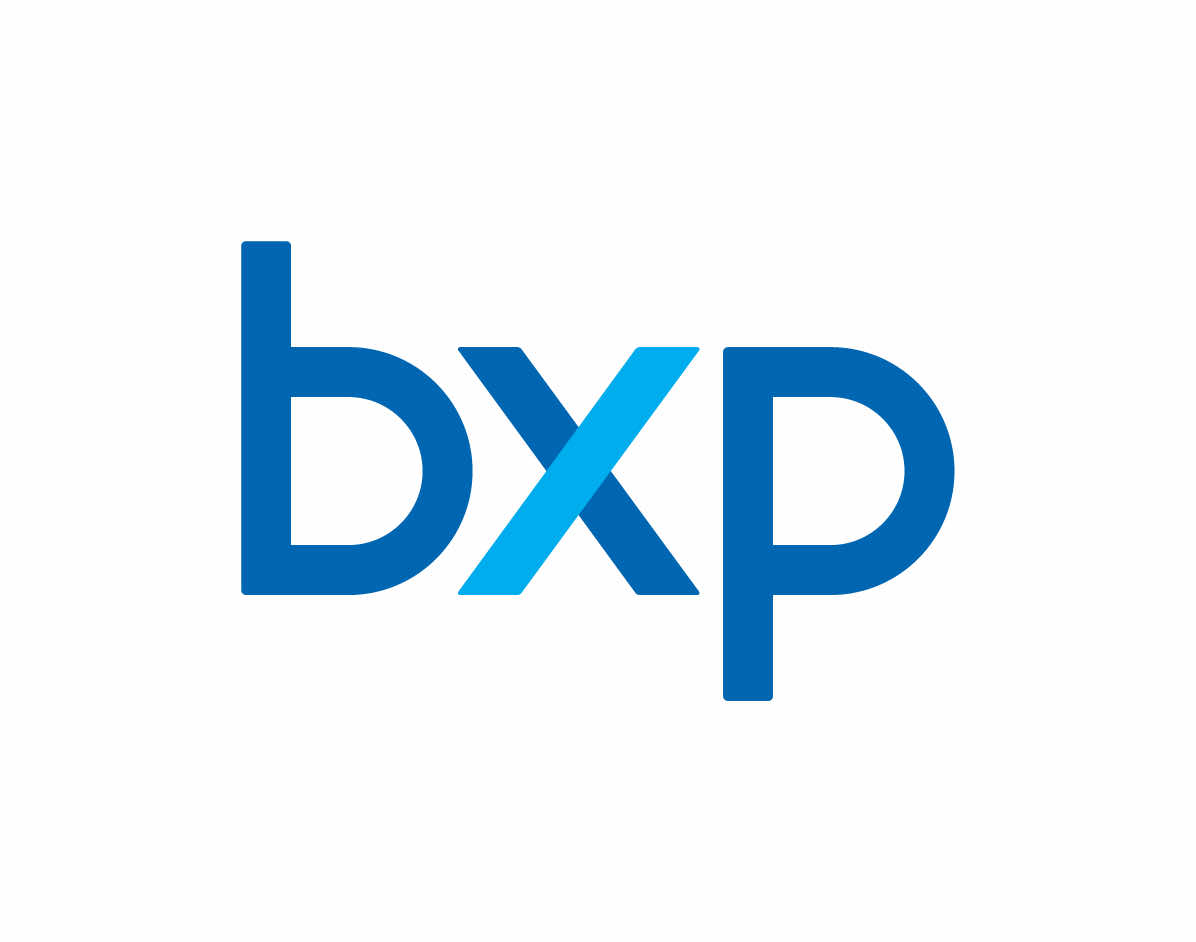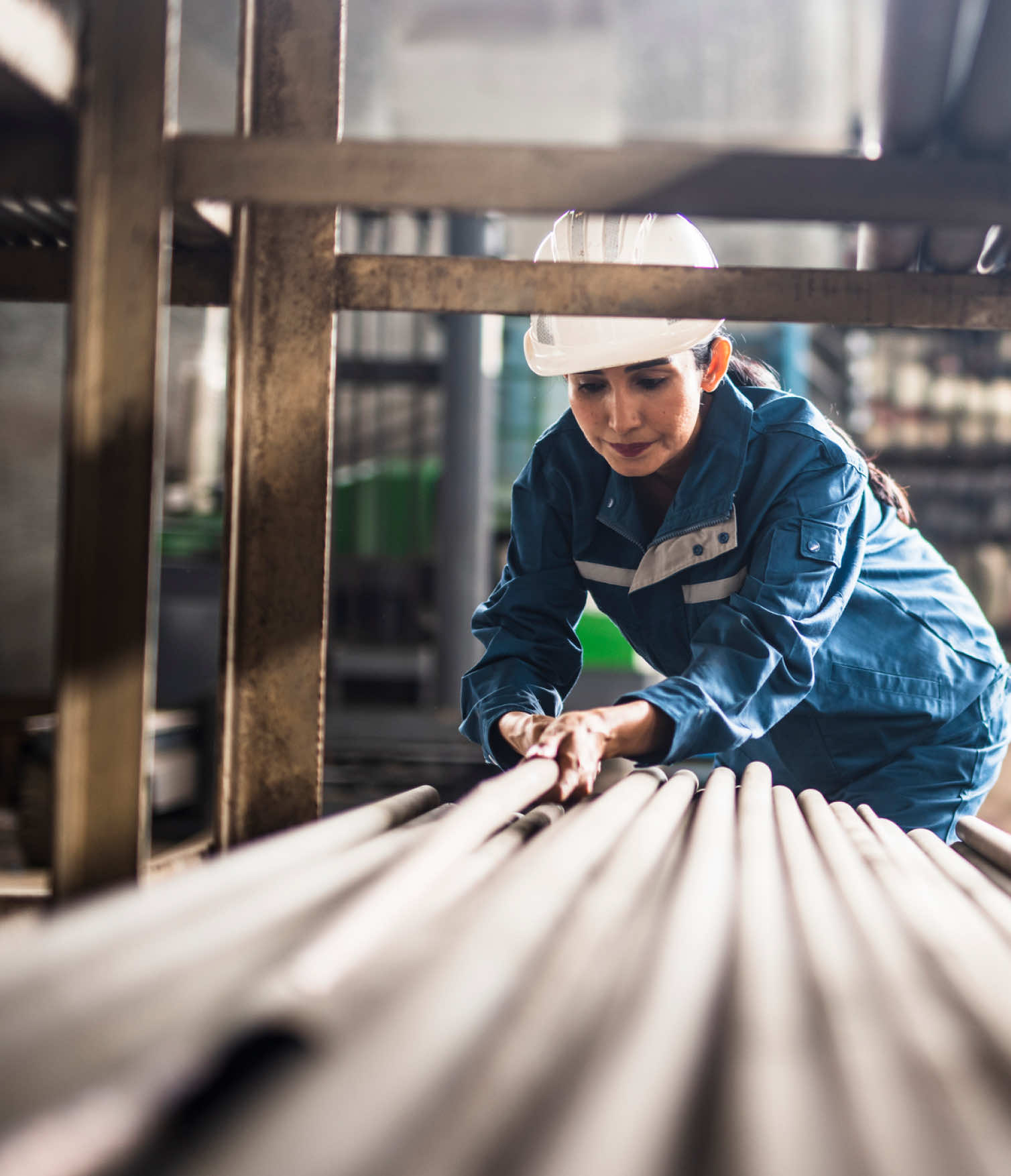The construction supply chain is complex and fragmented. Downstream
stakeholders are very separated from materials suppliers, resulting in
limited visibility into upstream emissions. To break down these silos
and improve communication, this pilot convened key stakeholders in the
construction supply chain to collaborate on improving supply chain
visibility.
Typically, the demand for low-carbon buildings is driven by investors,
clients of property developers like BXP, government regulations as
well as voluntary commitments of property developers. BXP relies on
engineering and consulting firms like Arup to perform lifecycle
assessments (LCA) of buildings and inform the procurement of
low-carbon materials. In many cases, the engineering firms are
responsible for recommending feasible carbon emissions reductions in
each material category and for writing specifications for embodied
carbon emissions of various building materials. The pilot, focusing on
a unitized curtain wall with multiple materials (aluminum, glass,
etc.), tested the process of evaluating suppliers beyond total
embodied carbon emissions, emphasizing the need to understand separate
embodied carbon emissions for each material in the curtain wall system
in driving upstream decarbonization.
To access this level of transparency, Alcoa and OBE reported in
alignment with RMI’s Aluminum Guidance for the aluminum billet and
frame components of the curtain wall, respectively. Inclusion of
stakeholders along the entire value chain – from the primary aluminum
producer to the property developer – was imperative to access the
necessary data and provide true transparency into emission sources.





